-
 Bitcoin
Bitcoin $119000
-2.21% -
 Ethereum
Ethereum $4315
1.01% -
 XRP
XRP $3.151
-3.11% -
 Tether USDt
Tether USDt $0.0000
0.00% -
 BNB
BNB $808.5
-0.71% -
 Solana
Solana $175.8
-4.21% -
 USDC
USDC $0.9999
0.00% -
 Dogecoin
Dogecoin $0.2250
-3.92% -
 TRON
TRON $0.3469
1.77% -
 Cardano
Cardano $0.7818
-3.81% -
 Chainlink
Chainlink $21.47
-2.10% -
 Hyperliquid
Hyperliquid $43.30
-6.81% -
 Stellar
Stellar $0.4370
-2.84% -
 Sui
Sui $3.682
-4.40% -
 Bitcoin Cash
Bitcoin Cash $590.8
2.67% -
 Hedera
Hedera $0.2484
-5.20% -
 Ethena USDe
Ethena USDe $1.001
0.00% -
 Avalanche
Avalanche $23.10
-4.29% -
 Litecoin
Litecoin $119.2
-3.96% -
 Toncoin
Toncoin $3.409
0.90% -
 UNUS SED LEO
UNUS SED LEO $9.016
-1.29% -
 Shiba Inu
Shiba Inu $0.00001304
-3.82% -
 Uniswap
Uniswap $11.18
1.33% -
 Polkadot
Polkadot $3.913
-3.51% -
 Cronos
Cronos $0.1672
-3.08% -
 Dai
Dai $1.000
0.02% -
 Ethena
Ethena $0.7899
-4.70% -
 Bitget Token
Bitget Token $4.400
-1.23% -
 Pepe
Pepe $0.00001132
-5.93% -
 Monero
Monero $257.9
-6.44%
How do I view fee details on Coinbase?
Coinbase displays transaction fees, including network and service fees, before confirmation, offering fee estimates and a detailed history accessible via your account. Factors like cryptocurrency, network congestion, and payment method influence the final cost.
Mar 13, 2025 at 12:31 pm

Key Points:
- Coinbase displays transaction fees prominently during the transaction process. The exact location varies slightly depending on whether you're buying, selling, sending, or receiving cryptocurrency.
- Fees are broken down into network fees (paid to the blockchain) and Coinbase's service fees. Understanding the difference is crucial.
- You can find a history of your transaction fees within your Coinbase account's transaction history.
- Factors like the cryptocurrency, network congestion, and the payment method used influence the final fee amount.
- Coinbase offers fee estimates before you confirm a transaction, allowing you to make informed decisions.
How Do I View Fee Details on Coinbase?
Navigating the fee structure on Coinbase can seem daunting at first, but understanding where to look simplifies the process considerably. The platform strives to make fee transparency a priority, displaying the costs before you finalize any transaction. However, the exact location of this information depends on the specific action you're undertaking.
Buying or Selling Cryptocurrency:
When buying or selling crypto, Coinbase displays the fees clearly before you confirm your purchase or sale. This usually involves a breakdown of the total cost, including the cryptocurrency's price and all associated fees. Look for a section labeled "Fees" or similar terminology. You'll often see a separate line item for Coinbase's service fee and another for any network fees.
Sending Cryptocurrency:
Sending cryptocurrencies on Coinbase involves a slightly different process for viewing fees. Before confirming the transaction, Coinbase will present you with a screen detailing the recipient's address, the amount of cryptocurrency you're sending, and crucially, the transaction fees. These fees are usually separated into Coinbase's fee and the network fee, which is the cost of processing the transaction on the relevant blockchain. This information is typically displayed prominently before you hit the "Send" button.
Receiving Cryptocurrency:
When receiving cryptocurrency, you don't typically incur fees directly from Coinbase. The sender, however, will pay the network fees to send the funds to your Coinbase wallet. You won't see these fees on your end, only the amount of cryptocurrency successfully received. Network fees are handled by the blockchain itself, not by Coinbase's fee structure.
Understanding Fee Components:
It's vital to understand that Coinbase transaction fees are usually comprised of two key parts: Coinbase's service fee and the network fee. Coinbase's service fee covers their operational costs and processing your transaction. The network fee, also known as a miner's fee or transaction fee, is paid to the miners or validators who secure the blockchain network and process your transaction. This fee is determined by the blockchain itself and varies depending on network congestion.
Accessing Your Transaction History:
After completing a transaction, you can review the fee details in your Coinbase transaction history. This history is usually accessible from your account dashboard. Clicking on a specific transaction will often reveal a detailed breakdown of the fees involved, including the date, time, cryptocurrency, amount, and the individual components of the fees. This detailed breakdown provides a comprehensive record of your transaction costs.
Factors Influencing Transaction Fees:
Several factors affect the total fees you pay on Coinbase. These include the type of cryptocurrency you're using (some cryptocurrencies have higher network fees than others), the current network congestion (higher congestion leads to higher fees), and the payment method you use to fund your purchase (different payment methods may have varying fees). Being aware of these factors can help you anticipate and manage your transaction costs effectively.
Fee Estimates and Predictions:
Coinbase generally provides fee estimates before you confirm a transaction. These estimates are based on current network conditions and historical data. While not always perfectly accurate, these estimates give you a good idea of what to expect. It's advisable to check these estimates carefully before proceeding with your transaction to avoid unexpected charges. Understanding how these estimates are calculated helps you budget for your cryptocurrency transactions.
Using Different Payment Methods:
The payment method you select to buy or sell cryptocurrency on Coinbase can impact your fees. Using a debit card might involve higher fees than using a bank account. Coinbase usually displays these payment-specific fees clearly during the transaction process, so it's essential to pay attention to this detail before confirming your payment. This clarity helps you choose the most cost-effective payment method for your needs.
Network Congestion and its Impact:
Network congestion, particularly on popular blockchains like Bitcoin and Ethereum, directly impacts transaction fees. When the network is congested, meaning many transactions are competing for processing, the fees tend to rise significantly. This is because miners prioritize transactions with higher fees. Checking the network status before making a transaction can help you avoid unexpectedly high fees during periods of peak activity.
Frequently Asked Questions:
Q: Are Coinbase fees fixed or variable?
A: Coinbase fees are variable and depend on several factors, including the cryptocurrency, network congestion, and payment method used.
Q: Can I avoid paying Coinbase fees?
A: While you can't completely avoid Coinbase's service fee, you can minimize them by choosing less congested times to transact and using payment methods with lower fees. Network fees, however, are inherent to the blockchain and cannot be avoided.
Q: Where can I find historical fee data for my transactions?
A: Your Coinbase transaction history provides detailed information on past transactions, including a breakdown of the fees paid.
Q: What happens if the fee estimate is inaccurate?
A: Coinbase usually provides a close estimate, but unexpected network congestion could result in a slightly higher fee. The actual fee will be shown before you confirm the transaction, giving you a chance to adjust or cancel it.
Q: How do I dispute a Coinbase fee?
A: If you believe there's an error in your fee, contact Coinbase's customer support for assistance. They can investigate and resolve any discrepancies.
Disclaimer:info@kdj.com
The information provided is not trading advice. kdj.com does not assume any responsibility for any investments made based on the information provided in this article. Cryptocurrencies are highly volatile and it is highly recommended that you invest with caution after thorough research!
If you believe that the content used on this website infringes your copyright, please contact us immediately (info@kdj.com) and we will delete it promptly.
- PumpFun (PUMP) Price: Riding the Meme Coin Wave or Facing a Wipeout?
- 2025-08-12 16:50:12
- Arctic Pablo Coin: Meme Coin Growth Redefined?
- 2025-08-12 16:50:12
- Ether ETFs Surge: Inflows and Bull Signs Point to $4K ETH?
- 2025-08-12 16:30:12
- Bitcoin, Crypto Market, and CPI Anticipation: A New York Minute on Volatility
- 2025-08-12 16:30:12
- Bitcoin, CPI, and Market Fears: Navigating the Crypto Landscape
- 2025-08-12 15:10:13
- BTC Traders Eye ETH Targets as CPI Looms: A New York Minute
- 2025-08-12 15:10:13
Related knowledge
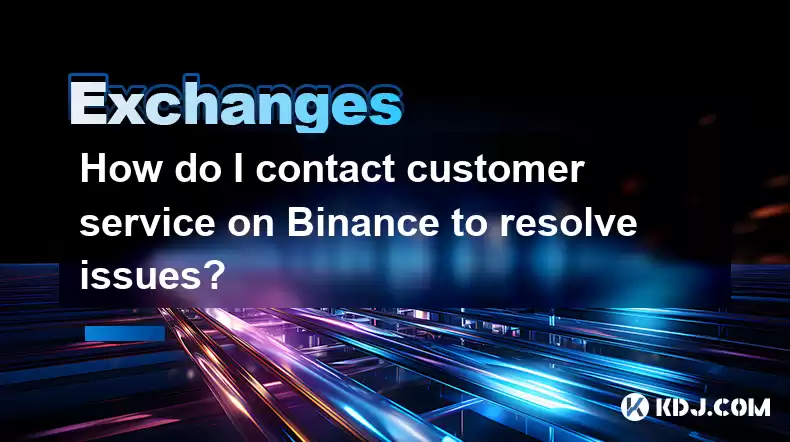
How do I contact customer service on Binance to resolve issues?
Mar 16,2025 at 04:30am
Key Points:Binance's customer service is primarily self-service, relying heavily on its help center and FAQs.Direct contact methods are limited, with ...
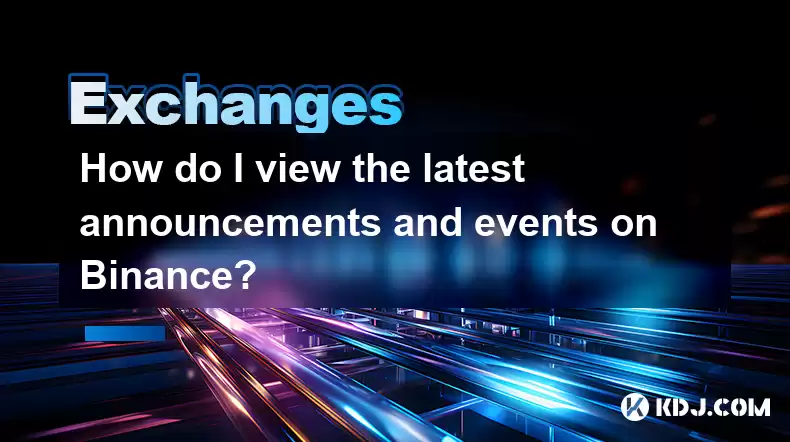
How do I view the latest announcements and events on Binance?
Mar 18,2025 at 10:18pm
Key Points:Binance utilizes multiple channels for disseminating announcements and events.The official Binance website is the primary source.Binance's ...
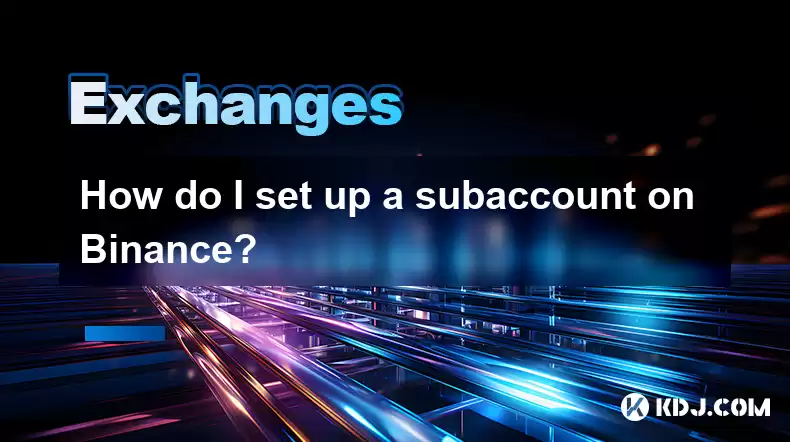
How do I set up a subaccount on Binance?
Mar 14,2025 at 01:50pm
Key Points:Binance does not offer traditional "subaccounts" in the sense of separate accounts with independent logins under a master account.Instead, ...
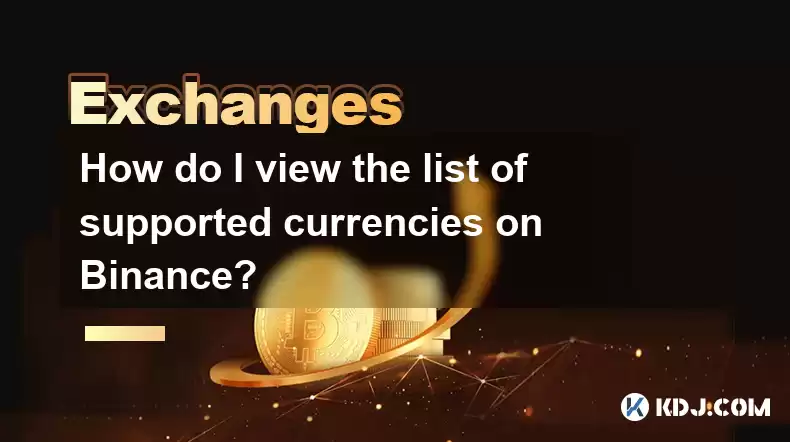
How do I view the list of supported currencies on Binance?
Mar 15,2025 at 05:35am
Key Points:Binance supports a vast and frequently updated list of cryptocurrencies. There's no single, static list.Finding supported currencies requir...

How do I view account security settings on Binance?
Mar 15,2025 at 08:40pm
Key Points:Binance's security settings are spread across multiple sections of your account. This article will guide you through each crucial area.Unde...
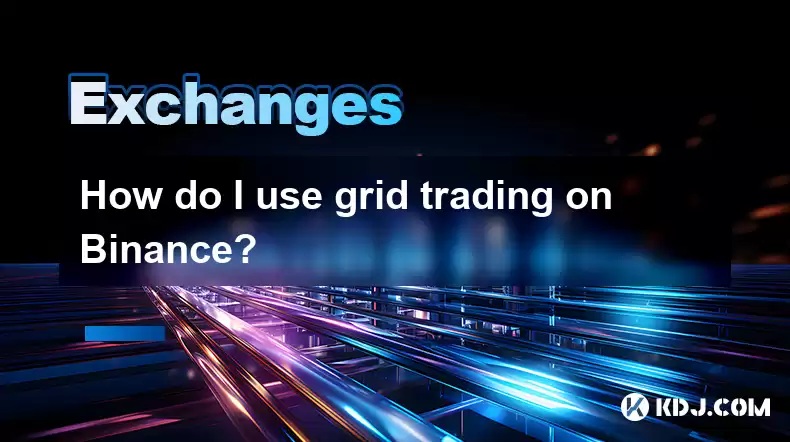
How do I use grid trading on Binance?
Mar 14,2025 at 04:25pm
Key Points:Grid trading on Binance involves automatically buying low and selling high within a defined price range.Binance offers a built-in grid trad...

How do I contact customer service on Binance to resolve issues?
Mar 16,2025 at 04:30am
Key Points:Binance's customer service is primarily self-service, relying heavily on its help center and FAQs.Direct contact methods are limited, with ...

How do I view the latest announcements and events on Binance?
Mar 18,2025 at 10:18pm
Key Points:Binance utilizes multiple channels for disseminating announcements and events.The official Binance website is the primary source.Binance's ...

How do I set up a subaccount on Binance?
Mar 14,2025 at 01:50pm
Key Points:Binance does not offer traditional "subaccounts" in the sense of separate accounts with independent logins under a master account.Instead, ...

How do I view the list of supported currencies on Binance?
Mar 15,2025 at 05:35am
Key Points:Binance supports a vast and frequently updated list of cryptocurrencies. There's no single, static list.Finding supported currencies requir...

How do I view account security settings on Binance?
Mar 15,2025 at 08:40pm
Key Points:Binance's security settings are spread across multiple sections of your account. This article will guide you through each crucial area.Unde...

How do I use grid trading on Binance?
Mar 14,2025 at 04:25pm
Key Points:Grid trading on Binance involves automatically buying low and selling high within a defined price range.Binance offers a built-in grid trad...
See all articles

























































































